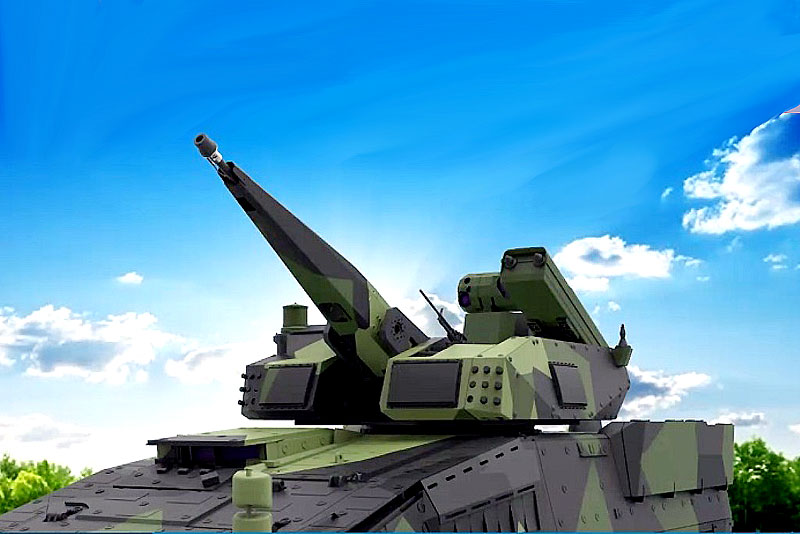Takao
The Bunker Group
I disagree. Well, about the mortars - the Spike NLOS should be included.Personally I don’t think there is a lot of value in mortars for the cavalry. One reason is the lack of range. A 120mm mortar normally only ranges out 7200m or so. Supported by a section of mortars, a squadron frontage could only be about 8 km or so to ensure everyone was supported. In good terrain, that is the sort of frontage normally covered by a troop. Even something like NEMO/AMOS doesn’t really provide the range needed.
The other reason is that mortars just don’t contribute much in terms of capability. The purpose of Australia’s cavalry is to degrade the enemy’s cohesion, reduce freedom of action, threaten critical capabilities, disrupt decision cycles etc. The idea is that the enemy is forced to focus their efforts on protecting themselves from the cavalry, rather than advancing their plans against the force the cavalry is supporting. To do that, the cavalry need enough firepower to gain the enemy’s attention - a mortar just doesn’t do that. Realistically, the mortar’s primary purpose would be to fire smoke or HE to allow a threatened patrol to break contact. Useful to be sure, but hardly decisive.
Instead of a mortar section, if I was a squadron commander I would much prefer something like a pair of Spike NLOS launch vehicles. Being able to apply precision fires that can destroy anything up to a MBT out to 25km will certainly get the enemy’s attention. In a perfect world the launchers would also be able to launch loitering munitions that can be guided to a target by an operator or seek them out autonomously. Spike NLOS/loitering munitions, a viable CUAS capability and some black boxes that can do basic EW - those are the things I would be investing in for the cavalry. Plus giving them back scouts.
AMOS now has a 10 000 m range. There's work out there that will see 120 mm rounds gain 10 - 25% range. A 120mm bomb is about 80% of a 155 mm shell in terms of HE power and the like, and you can get PGM and armour piercing rounds that will penetrate top armour of almost anything. Furthermore, the 120mm will be owned by the Cav BG Comd - they won't have to rely on the Arty Regt unmasking their guns.
The 120mm of 2025+ is a scary beastie, nothing like the 120mm of today. Look at the advances in lethality and range to the 81 that's occurred (where the 81mm now resembles the 120mm of two decades ago) and take the 120mm with those add-ons.







